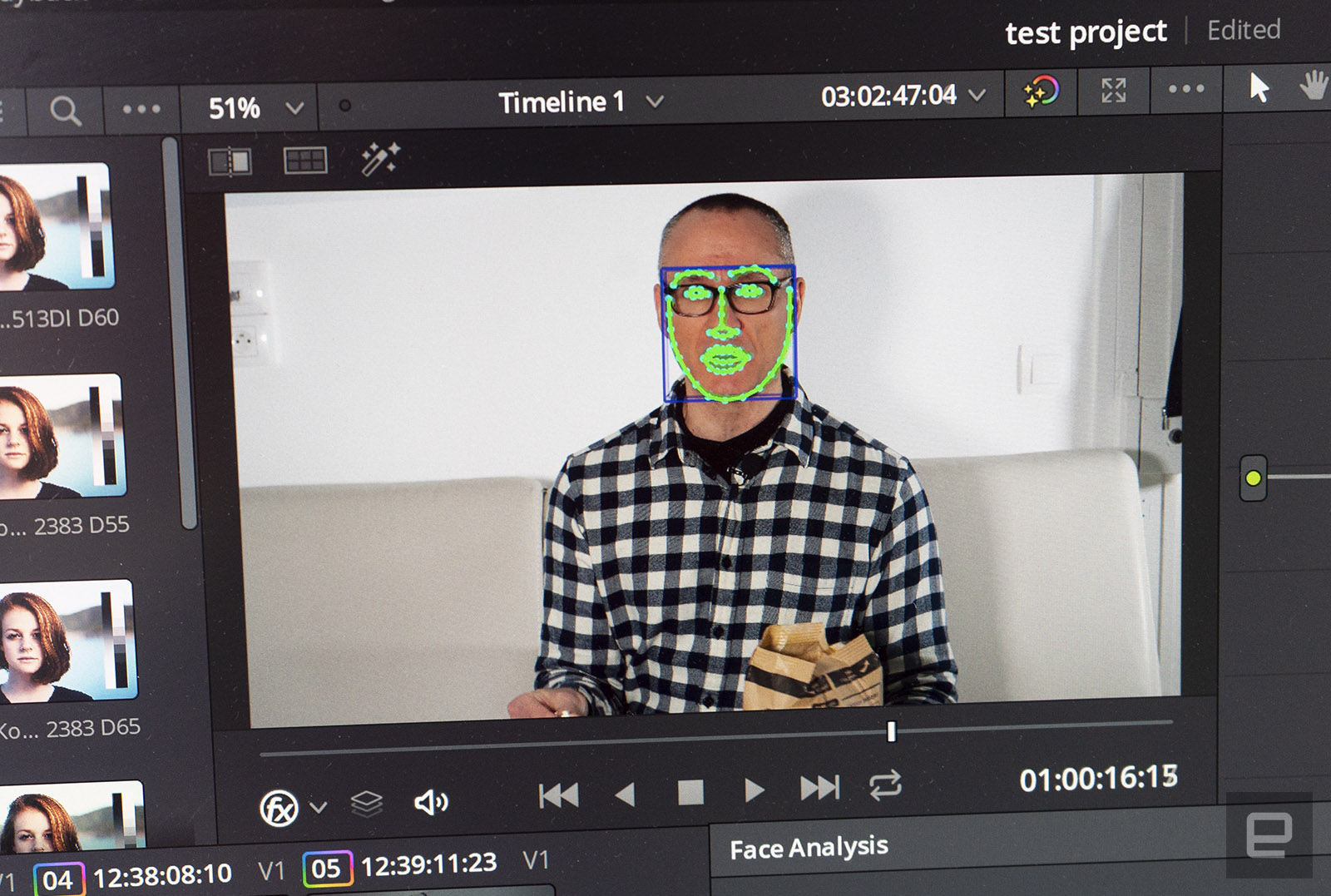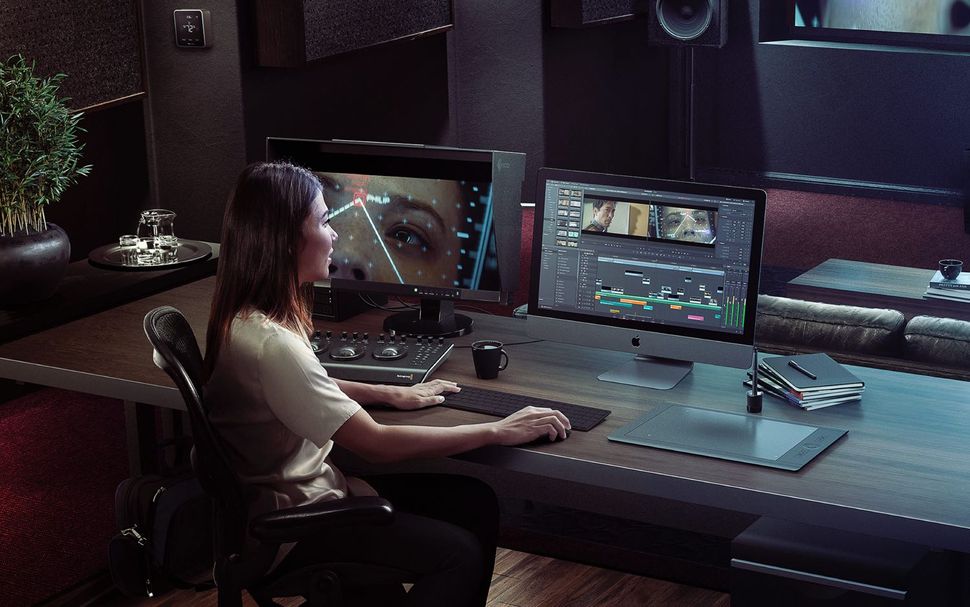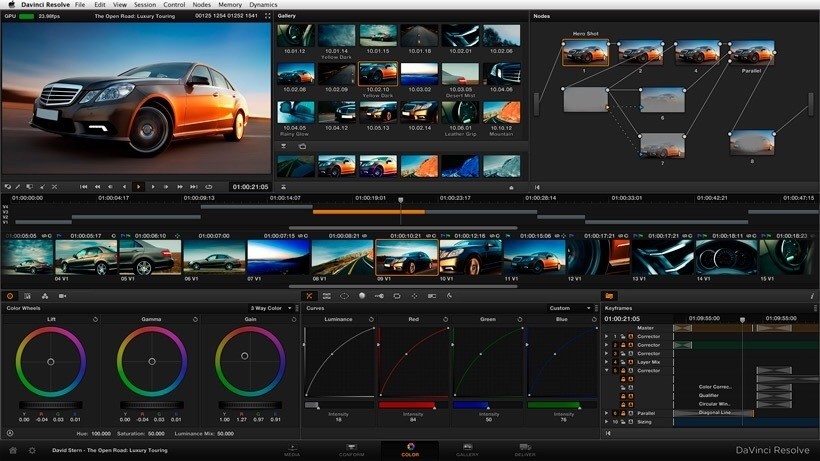


That can be useful, but I prefer to start with a clean slate. When you open the Edit tab, you'll see that all of the footage has been added to the timeline. How to Edit Footage in DaVinci Resolve 3.1 A Complete Overview of the Edit Tab Now we're ready to start editing our footage, which we'll do in the next chapter.

Now that we have a timeline, we can double-click on it to enter the Edit tab. Then I save each new version with the appropriate numbering. So I name my timelines using the iteration and version number, in this case Ride A Bike_V01_01. It's important to organize your files properly and to use logical naming conventions. This brings up a dialog box where you can name your project and choose the settings.

Then hit Command-A to select everything, and right-click > Create New Timeline Using Selected Clips. I'll drag in some stock footage and audio files. So now we can organize our footage in the timeline. 2.2 How to Create a Timeline From Your Imported Files You can work with different settings if you want, but that's what I'm using for this project. So for now we'll focus on setting the Timeline resolution to 1920 x 1080 HD and the Timeline frame rate to 25 frames per second. We have a lot of options here, but most of them are fine to leave at their default settings. Click on the cog wheel in the bottom-right corner to bring up the Project Settings. Now that we've got some footage to work with, let's set up our DaVinci Resolve project. Getting started is pretty easy: just head to the Media tab, find your footage in the Explorer window in the top left, and drag and drop it into the Media Pool at the bottom of the screen. How to Set Up a Project and Import Footage 2.1 How to Set Up Your Project and Import Your Files


 0 kommentar(er)
0 kommentar(er)
